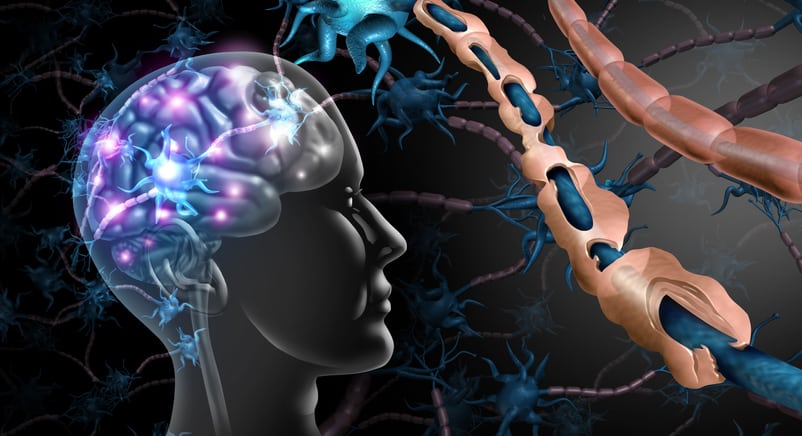It is often difficult to concurrently provide adequate analgesia while minimizing opioid requirements following ambulatory surgery. Nonthermal, pulsed shortwave (radiofrequency) fields are a noninvasive treatment used as an adjunct analgesic and wound healing therapy. The devices may be placed by nursing staff in less than a minute, are relatively inexpensive and readily available, theoretically provide analgesia for nearly any anatomic location, and have no systemic side effects-patients cannot detect any sensations from the devices-or significant risks. Here we present a case series to demonstrate the use of pulsed, electromagnetic field devices for outpatient herniorrhaphy and breast surgery.
Following moderately-painful ambulatory umbilical (n=3) and inguinal (n=2) hernia repair as well as bilateral breast surgery (n=2), patients had taped over their surgical incision(s) 1 or 2 noninvasive, wearable, disposable, pulsed shortwave therapy devices (RecoveryRx, BioElectronics Corporation, Frederick, Maryland) which functioned continuously for 30 days. Average resting pain scores measured on the 0-10 numeric rating scale were a median of 0 during the entire treatment period. Six patients avoided opioid use entirely, while the remaining individual required only 5 mg of oxycodone during the first postoperative day.
These cases demonstrate that the ambulatory use of pulsed shortwave devices is feasible and may be an effective analgesic, possibly obviating opioid requirements following outpatient herniorrhaphy and breast surgery. Considering the lack of any side effects, adverse events, and misuse/dependence/diversion potential, further study with a randomized, controlled trial appears warranted.
This article is protected by copyright. All rights reserved.
Wearable, Noninvasive, Pulsed Shortwave (Radiofrequency) Therapy for Analgesia and Opioid Sparing following Outpatient Surgery: A Proof-of-Concept Case Series.


